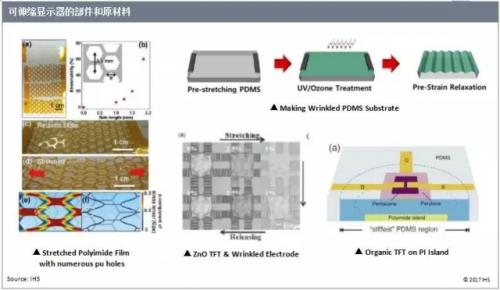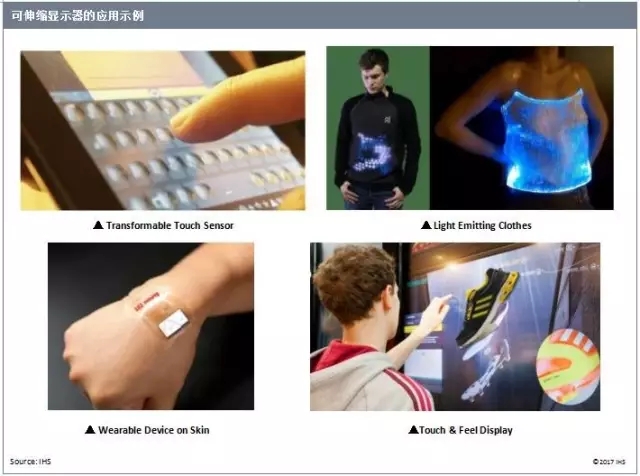OFweek Smart Home Network News At the Society for Information Display (SID) 2017 Annual Conference, Samsung Display released the world's first diagonal active size matrix organic light-emitting diode (AMOLED) with a size of 9.1 inches. )monitor. This screen can be scaled up or down. In other words, its shape can be raised or recessed up to 12 mm, as shown in the figure below. This panel can be pressed down from the center, and then it will return to the original plane state. This stretching is three-dimensional, unlike the existing flexible displays.
Panel manufacturers currently use thin materials or structures to make flexible displays. For example, polyimide is used as a substrate, indium oxide (ITO) is used as an electrode, low-temperature polysilicon (LTPS) is used as a thin film transistor (TFT), and other multilayer organic and inorganic materials are packaged. At the SID 2017 conference, Samsung Display demonstrated a schematic diagram of a scalable display, and said that the display can be deformed to present a variety of different shapes.

Efforts to develop scalable displays

Over the past few decades, panel makers have made many efforts to develop scalable display-related technologies. While the internal structure can be scaled, this is the key to success, while the display technology field focuses on pixels, electrodes, diffusion films, substrates, TFTs, and packages. In order to produce a retractable display, manufacturers need to arrange electrodes in the form of wrinkles. TFTs often hinder scalability and have a very complex structure, making it more difficult to achieve scalability. Substrates and packages should be made of an elastic material.

The manufacturing process for scalable displays is different from flat panel displays. In particular, materials such as polydimethylsiloxane (PDMS), zinc oxide (ZnO), and organic TFTs are all essential materials, but they are not yet familiar to panel makers. At the beginning of the development of scalable displays, although some new technologies were adopted, the manufacturing process did not seem to change so much. However, in the display industry, the supply chain of scalable displays eventually seems to change.
Scalable display applications

There are still many challenges in the production of scalable displays. For example, their manufacturing process and reliability need to be improved. However, compared with flexible displays, scalable displays provide greater freedom for the design of the device, thereby stimulating innovation in design. The following is the application of scalable displays. IHS Markit believes that scalable displays will be used in future buildings, clothing, accessories, wearables, and medical devices.
Crystal Clear Back Sticker,Phone Sticker,Mobile Phone Back Skin,Crystal Clear Phone Skin
Shenzhen Jianjiantong Technology Co., Ltd. , https://www.jjtscreenprotector.com